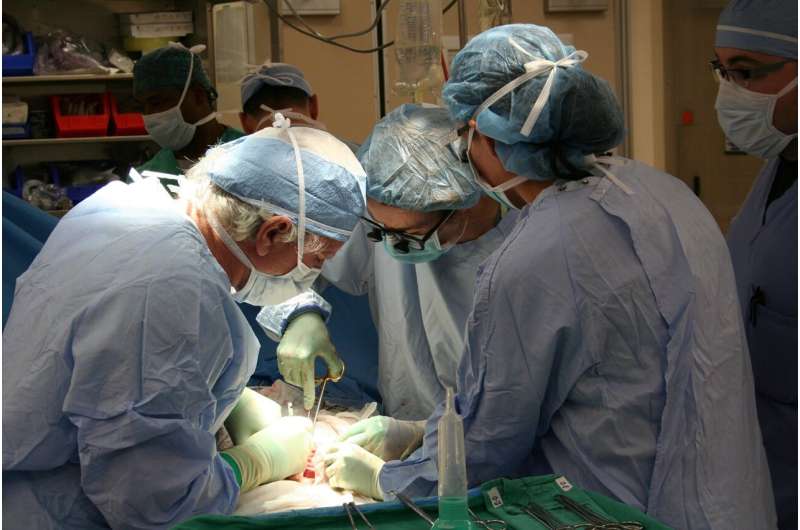Innovative Cough Simulation System Enhances Understanding of Tuberculosis Transmission

Researchers at Hackensack Meridian and MIT have developed a novel cough simulation system that accurately replicates tuberculosis transmission, advancing disease study and prevention strategies.
Tuberculosis (TB) remains a major global health challenge, causing over a million deaths annually and continuing to be the leading infectious killer worldwide. Although treatments have advanced, understanding the precise mechanisms of TB spread at the droplet level has been difficult. To address this, researchers at Hackensack Meridian Center for Discovery and Innovation (CDI), in collaboration with MIT and Weill Cornell Medicine, have developed the Transmission Simulation System (TSS). This groundbreaking system replicates the airborne transmission of TB by accurately mimicking the human cough, allowing scientists to study the disease's spread with unparalleled precision.
Led by Dr. Martin Gengenbacher, the team published their findings in the journal mBio. The TSS stands out because it can simulate the key characteristics of a human cough, including the propulsion of aerosolized infectious droplets, and uses a nose-only collection method to ensure consistent and realistic transmission conditions. This innovative approach enables detailed study of how TB bacteria travel through the air, survive, and infect new hosts.
Dr. Gengenbacher explained that the major breakthrough of the TSS is its ability to produce aerosol concentrations and particle size distributions similar to those found in active TB patients. Unlike earlier models that exposed animals to dense, uncontrolled bacterial fog, this system provides a controlled environment to investigate specific vulnerabilities of TB bacteria during airborne transmission. Such insights could be vital for developing new strategies to prevent the spread of TB.
The potential applications of the TSS extend beyond TB. By reliably simulating human-to-human transmission, it opens new avenues for testing interventions against various airborne or droplet-borne diseases. CDI's Chief Scientific Officer, Dr. David Perlin, emphasized that this technology could help better understand and control other infectious diseases transmitted through the air.
This innovative system offers a significant step forward in public health research, providing a more accurate platform for studying disease transmission and developing targeted interventions. It marks a promising advancement in efforts to control and eventually eradicate tuberculosis worldwide.
Stay Updated with Mia's Feed
Get the latest health & wellness insights delivered straight to your inbox.
Related Articles
Strategies to Protect and Enhance Global Cancer Research Amid Funding Challenges
A comprehensive analysis highlights the urgent need to safeguard and expand global cancer research funding, especially for lower-income countries, to combat rising cancer rates worldwide amidst declining investments.
Reevaluating the Benefits and Risks of Electroconvulsive Therapy: Are Promises Overstated?
A recent study reveals that the perceived benefits of electroconvulsive therapy (ECT) are often overstated while its risks are underestimated, highlighting the need for better patient information and consent procedures.
'Protective switch' proteins could enhance liver transplant success by reducing damage
New research identifies proteins that act as protective switches in the liver, potentially increasing the success and availability of transplants by reducing ischemia-reperfusion injury.



